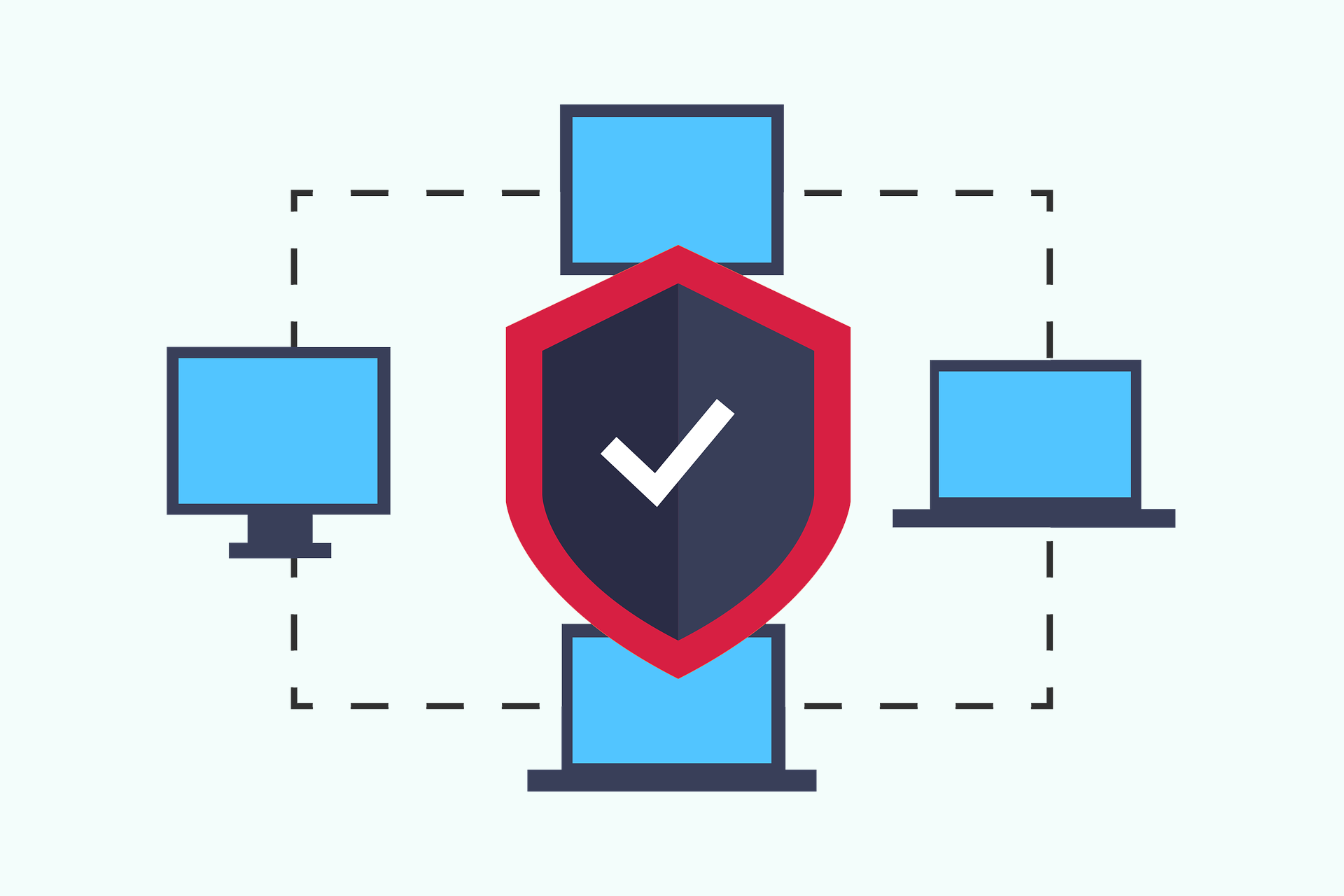What is Ransomware?
Ransomware is a serious and growing threat amongst the cyber world and affects all users, whether a home user or commercial user, everyone is a vulnerable target.
Ransomware, in definition, is a type of malicious software or infection using “crypto” technology that essentially encrypts and locks all of your system files and data, requesting a ransom payment before data is unlocked with a key, or often times released to the public in blackmail-like tactics.
Some alarming Ransomware Statistics:
- Cost of ransomware attacks were 8 billion in 2018, 11.5 billion in 2019, and 20 billion in 2020
- 65% of ransomware infections are delivered via phishing emails.
- A ransomware attack takes place every 11 seconds
- The average cost of an attack, in 2019, was $ 133,000
- 90% of IT professionals had clients that suffered ransomware attacks within the past year
- Ransomware costs will reach well over $20 billion by 2021
- 51% of business have been impacted by ransomware within the past year
Common Methods and Reasons a Ransomware Deployment Occurs:
- Spam/phishing emails
- Emails that are sent with infected attachments or bogus website links in an attempt to lure the recipient into clicking or opening. These emails leave a script-like infection on the user’s machine that begins the action.
- Lack of cyber security training
- Understanding how to recognize fake emails
- Being aware of what links you click on
- Understanding the difference between a real and “spoof” email
- Controlling your mouse “trigger finger” by paying a bit more attention on something before you click into it.
- Weak passwords
- The dark web is filled with lists of passwords, combinations, and leaked information.
- Passwords should be secure, a combination of letters, numbers, and characters, and not something blatantly obvious.
- Poor user practices
- Utilizes apps or websites that are known bugs or threats
- Using your system in a public network for private or sensitive usage
- Not applying password or safe-encryption methods to your hard drive or data
- Malicious websites, web ads
- The internet is filled with infectious data.
- Social media is filled with “click-bait” advertisements
- Search engines link users to many “false” websites that are spoofing legitimate sources
Ultimately, no matter how cautious you are on the internet or with your emails, you will come across a situation where you are faced with a ransomware or malicious infection. The #1 and only real way to recover from a situation is to backup your data. When your data is secure and backed up, it turns into a frustrating and time consuming situation only, rather than an extremely expensive and life/business crippling situation.
In the event of a ransomware attack, stay calm, take your system off the network, and contact a trusted IT Professional for assistance.
Be safe out there!
Article References:
https://www.idagent.com/blog/10-2020-ransomware-statistics-that-you-need-to-see/
https://www.safetydetectives.com/blog/ransomware-statistics/




